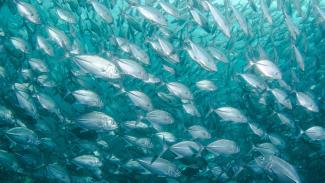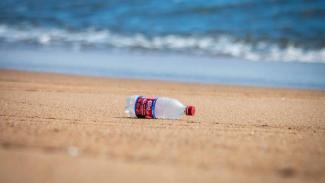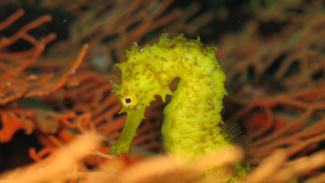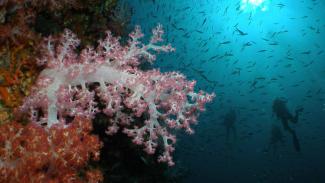
Asia is caught between two huge oceans, the Indian Ocean to the west and the Pacific to the east. In between is a complex geography of land & water that has given rise to some of the most fascinating & species rich seas on our planet.
Much of the geography of south-east Asia is dictated by the Pacific Ring of Fire, a geologically active zone around the edges of the Pacific, that encompasses the region and shapes the landscape producing volcanoes, mountains, island chains & trenches.
This complex geography has also produced 15 unique seas and many straits, which between them comprise the most complex & diverse eco-system on the planet.
From ocean to ocean
Starting to the west, the Andaman Sea sits between the Indian Ocean & the coasts of Burma, Thailand, Malaysia & Indonesia, drifting into the Bay of Bengal in the north. Its western perimeter is marked by the remote Andaman Island chain. The Similans, Mergui Archipelago & Pulah Weh are some of the great diving spots in the Andaman.
Thailand, Peninsular Malaysia & the giant Indonesian island of Sumatra separate the Andaman Sea from the South China Sea, the largest in Asia. This sea stretches across to the Philippines in the east, laps the shores of Borneo to the south, and Vietnam & China to the north.
The South China Sea comes to a head in the shallow Gulf of Thailand. This is one of the few parts of Asia where the flow of water is slow, meaning the water is not as rich in nutrients as other seas in the region.
To the east, the sea increases in depth as it reaches the Philippines, giving rise to some spectacular dive spots, such as Layang Layang & the sites of northern Palawan.
Separated from the South China Sea by the island of Palawan is the Sulu Sea. The Sulu Sea is one of the smallest, but most productive of Asia’s seas. The Sulu Sea marks the northern tip of the now famous Coral Triangle, the most biologically diverse marine region on earth. It reaches northern Borneo to the south and the islands of the Visayas & Mandanao in the Philippines to the east.
The Sulu Sea is deep, bringing nutrient rich upwellings from great depths that support the spectacular congregations of marine life found at sites such as Sipadan & the remote Tubbataha Reefs. The popular dive sites of the Visayas region also fall within the Sulu Sea.
To the east, the Philippines Sea reaches out to the Pacific Ocean. Here, where the Pacific techtonic plate disappears below the Philippine plate, the sea plunges to the greatest depths on the planet. This trench is known as the Mariana trench, reaching a staggering depth of 10.9 km.
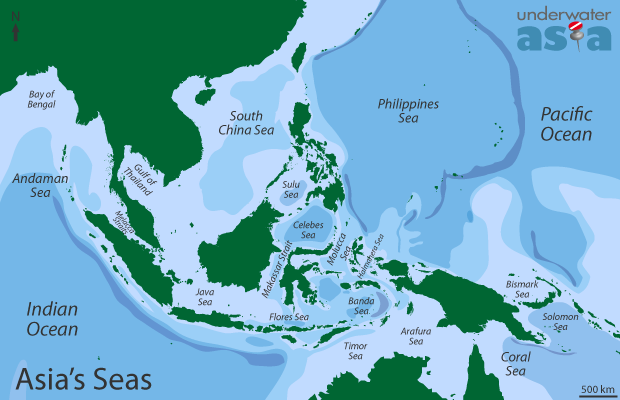

Tara North

Phil North
You might also enjoy...
Choosing the right dive spot
Phil North
If you are an avid underwater photographer, choosing the right destination for your dive holiday or expedition can make a huge difference to your overall experience and enjoyment. It can also make a huge difference to the results on your camera.
Buyer's guide to underwater video
Tara North
So, you are interested in getting into underwater videography? There’s no doubting that it’s an expensive hobby, especially in terms of the equipment you need to buy.
So this means it’s really important to buy the right camera & housing set-up first time - but without experience or being able to test different models underwater, how do you choose the right system for you?
Survival strategies
Phil North
It's a tough world out in the seas & oceans. Predators come in all shapes and sizes and use speed, strength, deception and sometimes outright determination to catch their prey.
But its not all bad news for the smaller fish that are vulnerable to attack. They have devised a whole host of cunning strategies to avoid ending up as someone else's lunch.
Current affairs
Every diver has had experience dealing with currents - in some way they affect every single dive we make. Sometimes they are in our favour, providing a delightful drift dive.
Other times, they turn against us, making a dive difficult & strenuous. They have a big impact on marine life too, bringing nutrients that feed entire communities, from the corals themselves up to mighty Whalesharks.
Get Involved
Brian Yurastis





